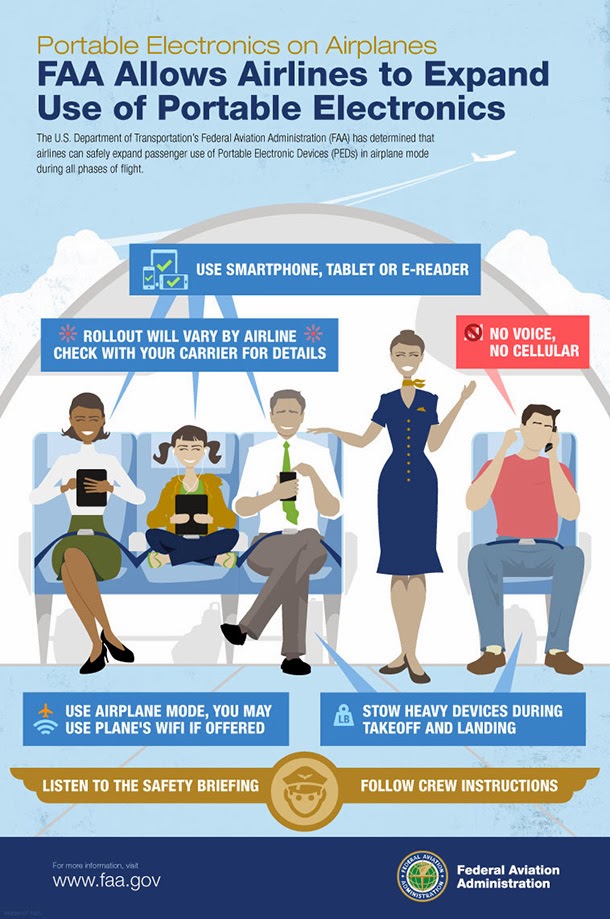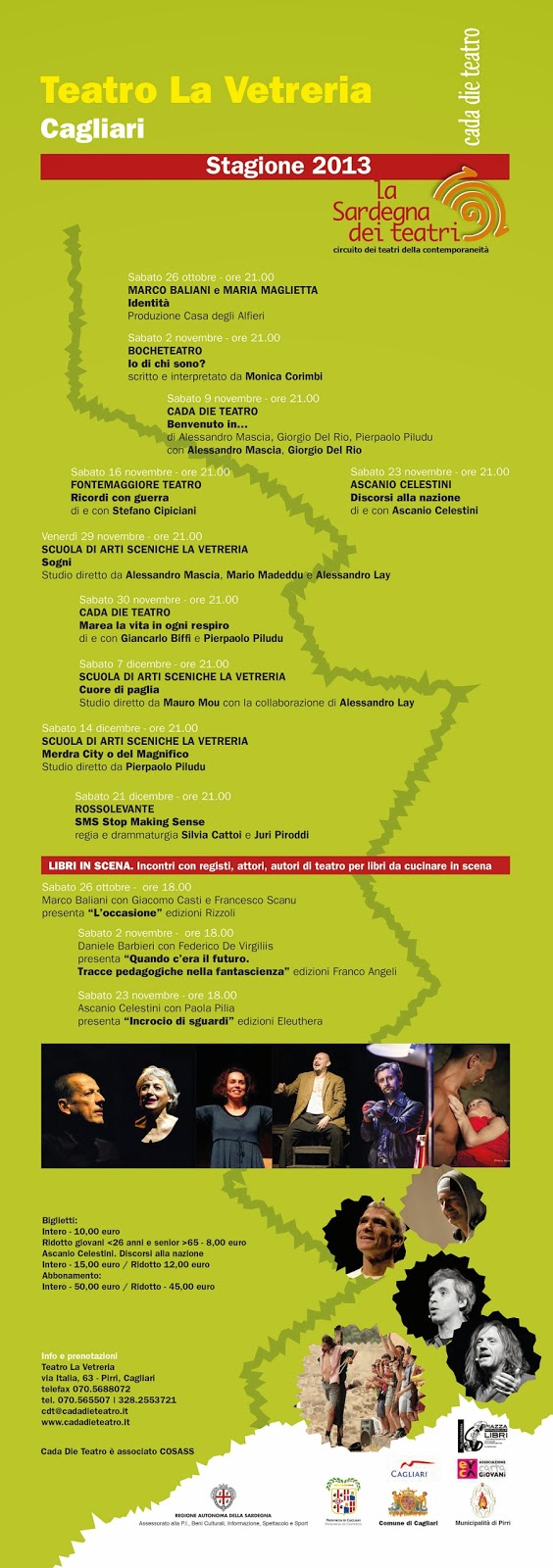Disegnare la vita. Gianfranco Zavalloni e l'eredità creativa.

Gianfranco Zavalloni ha seminato molto, in vita. E continua a farlo con i disegni (bellissimi) che ha sparso ovunque, con quello che ha detto e scritto (temi importanti, sempre toccati con delicatezza e con il sorriso), con la fitta rete di rapporti che aveva innescato, in giro per il mondo (e anche questo bisogna saperlo fare). Anche il web ci aiuta a non dimenticare e ci fornisce approfondimenti di rilievo, come questo: I diritti naturali dei bambini di Gianfranco Zavalloni . Ma ora la memoria rivive anche in un libro: Disegnare la vita, i mondi di Gianfranco Zavalloni (Fulmino Edizioni, Rimini, 2013, 155 pagine, 12 euro). Ne ho avuto una copia dal comune amico Daniele Barbieri e sto leggendo le testimonianze di alcune delle persone che hanno conosciuto Gianfranco. Da queste pagine emerge con chiarezza una dote di Gianfranco Zavalloni, quella di far germogliare le amicizie mettendo in contatto le persone, con rara sensibilità. E quelle pagine parlano del suo progetto di conserv...



